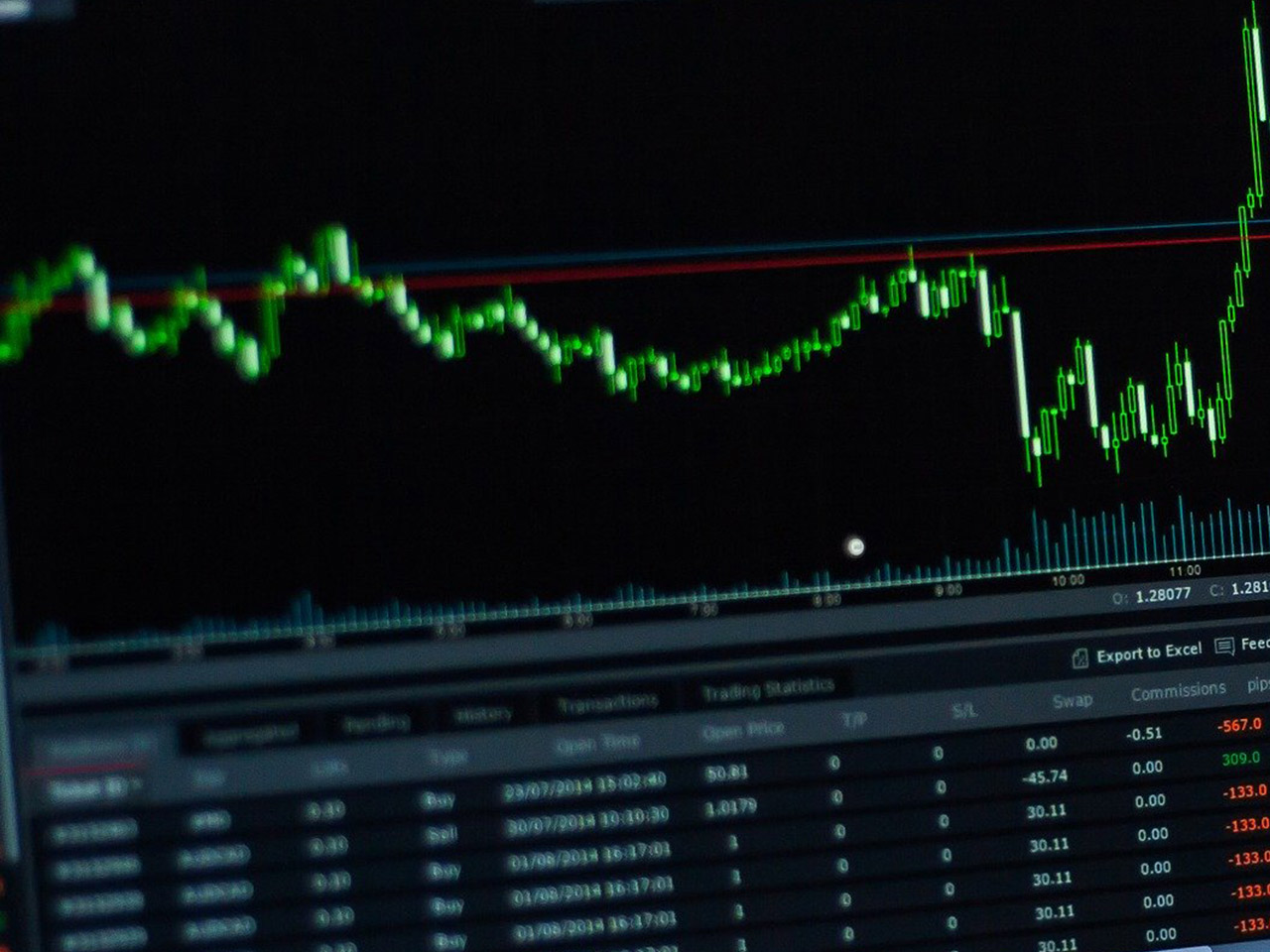Ashmore Group PLC (ASHM.L), a key player in the asset management sector, offers investors a compelling, albeit challenging, landscape. With its roots firmly planted in London since 1992, Ashmore specializes in managing equity and fixed income portfolios, with a particular focus on emerging markets. As the financial services industry evolves, Ashmore’s strategic positioning offers both opportunities and hurdles for investors keen on exploring the prospects of this UK-based asset manager.
Currently trading at 153.5 GBp, Ashmore’s stock has experienced a slight dip, reflected in a recent price change of -2.60 GBp. Despite this, the stock hovers within a 52-week range of 125.10 GBp to 193.00 GBp, indicating some resilience amidst fluctuating market conditions. The company’s market cap stands at $1.01 billion, positioning it as a significant entity within the financial services sector.
A standout feature of Ashmore’s investment proposition is its impressive dividend yield of 10.83%. However, this comes with a hefty payout ratio of 143.59%, suggesting that the dividend may not be sustainable without a corresponding increase in earnings or a change in payout policy. The firm’s earnings per share (EPS) of 0.12 further highlights the pressure on maintaining such a dividend yield in the long term.
Ashmore’s valuation metrics reveal a complex picture. The forward P/E ratio is an eye-catching 1,916.59, which may raise eyebrows among value-focused investors. This figure suggests that the market may have high expectations for Ashmore’s future earnings growth, despite the current revenue contraction of 31.30%. The absence of a trailing P/E ratio, PEG ratio, and other traditional valuation metrics like price/book and price/sales further complicate the assessment of Ashmore’s intrinsic value.
The company’s return on equity (ROE) of 10.12% is a positive indicator, showcasing its ability to generate profits from shareholder investments. Furthermore, Ashmore’s free cash flow of £92,225,000 indicates a level of financial flexibility that could support future growth initiatives or potentially stabilize dividend payments.
From an analyst perspective, Ashmore faces mixed sentiment. With only one buy rating contrasted against four holds and five sell recommendations, the market outlook suggests caution. The average target price of 156.80 GBp implies a modest potential upside of 2.15%, aligning closely with the current trading price. This tepid enthusiasm from analysts underscores the importance of careful consideration for prospective investors.
Technical indicators paint a further picture of caution. The current RSI (14) at 20.19 indicates an oversold condition, which could suggest a buying opportunity if the fundamentals support it. However, the MACD of -6.92, significantly below the signal line of -4.79, highlights a bearish trend that investors should not overlook. The stock trading below both its 50-day and 200-day moving averages further reinforces this cautious stance.
For investors considering Ashmore, the narrative is one of balancing attractive dividend yields against the backdrop of revenue challenges and market skepticism. The firm’s expertise in emerging markets offers long-term growth potential, yet the current financial metrics call for a prudent approach. Investors should weigh the company’s dividend allure against its strategic execution in navigating market volatilities and sustaining growth. As Ashmore continues to adapt to the dynamic landscape of asset management, its journey will undoubtedly be one to watch in the coming quarters.





































